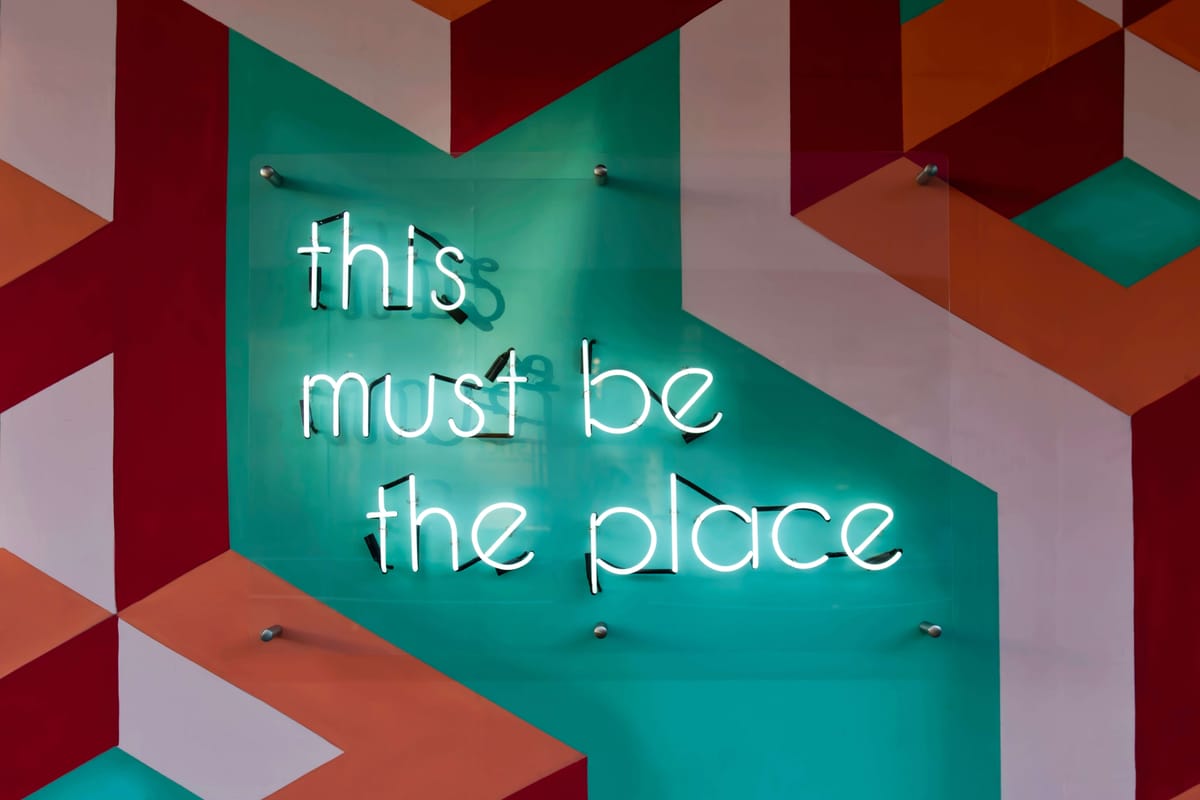Customer centricity is a hot topic in today's market and can be the difference between yourself and your competitors.
But how is this concept going to develop?
In this article we'll cover:
- The importance of customer centricity in modern business.
- The current strategies and practices.
- Some emerging technologies that support customer centricity.
- How evolving customer expectations and technologies may change how customer centricity is achieved in the future.
Importance of customer centricity in modern business
Customer-centricity has become a crucial driver of success in modern business, revolutionizing the way companies operate and interact with their customers.
Customer centricity is the focus on customer needs, resulting in increased loyalty, higher revenue, and improved brand reputation. It fosters personalization, gives companies a competitive edge, and often makes marketing strategies more cost-effective while driving innovation through customer feedback.
As a result, setting up your work as customer-centric supports sustainable growth and employee satisfaction, making it a vital strategy for success in today's marketplace.
The current state of customer-centricity
Present-day strategies and practices
Some of the key identifying strategies of this customer-centric setup are as follows:
- Customer feedback integration: Many businesses actively collect and integrate customer feedback, using it to shape their strategies, refine products/services, and address pain points in real-time.
- Omni-channel experiences: Companies are striving to provide seamless customer experiences across multiple channels, integrating online and offline touchpoints to engage customers wherever they are.
- Customer journey mapping: Detailed customer journey maps help organizations identify pain points and opportunities for improvement, leading to more effective customer-centric strategies and service enhancements.
Now, it’s obvious that these strategies aren’t exclusive to customer-centric organizations. Media-focussed companies will have omni-channel experiences; product-focussed companies will have customer feedback integration. What sets customer-centric organizations (and how they use the strategies above) apart from others is the intention behind them.
Customer centricity requires that each decision made by your business is done with the intention of improving customer satisfaction and customer experience.
It’s an interesting line to tread as there can be overlap with other styles of company intention, as mentioned above, but true customer centricity must be felt throughout the whole organization and be at the forefront of each employee’s mind.

Emerging technologies and their role in shaping customer-centric strategies
Beginning to think about how customer centricity may change and evolve in the future, we’re next going to look at some of the current and emerging technologies accessible to marketing leaders.
Some of these are only going to be relevant on a case-by-case basis, but when looking at the concept as a whole, these technologies have had an impact on how companies interact with customers.
Artificial intelligence (AI) and machine learning
We talked in much more detail about the current emerging AI technologies available in this article, but things like AI-powered chatbots, recommendation engines, and predictive analytics are all the rage as they enable personalized customer interactions on a large scale.

Internet of Things (IoT)
IoT devices collect real-time data on customer usage and behaviors, offering valuable insights and opportunities for proactive customer service. Such data is invaluable when considering your next move to improve the experience your customers have with your organization.
Blockchain technology
Blockchain enhances transparency and security in customer transactions, promoting trust and reducing fraud in e-commerce and financial services.
Augmented reality (AR) and virtual reality (VR)
AR and VR applications provide immersive, interactive experiences, allowing customers to visualize products and services before purchasing.
Personalization engines
Advanced personalization engines use data analytics to customize content, product recommendations, and marketing messages, delivering more relevant experiences to customers.
Evolving customer expectations and behavior
Alongside the usual desire for personalized experiences, convenience, and ease of use, the current lifestyles for many of us, also lead to more specific expectations and desires that customers look to fill.
Digital convenience
Customers increasingly expect seamless online experiences, from easy website navigation to quick and secure online transactions.
Sustainability and ethical values
Many consumers prioritize environmentally friendly and socially responsible products and expect businesses to demonstrate ethical practices.
Instant gratification
Customers seek faster delivery options, instant access to information, and real-time customer support.
Data privacy and security
Heightened concerns about data privacy mean customers expect companies to handle their personal information with care and transparency.
Mobile-first engagement
With the increasing use of smartphones, customers prefer mobile-friendly websites and apps for browsing, shopping, and communication.
User-generated content
Customers rely on reviews, ratings, and social media posts from peers to make purchasing decisions, emphasizing the importance of user-generated content.
The road ahead for customer centricity
So, all in all, where does this lead? Looking at the current trends for both evolving customer expectations and evolving technologies, we’ve made a short list of the things we think we should expect to see in the coming years.
As you can see, some of these may have already started to make a splash. These include:
Hyper-personalization
Customer centricity will continue to evolve towards hyper-personalization, where businesses leverage AI, machine learning, and data analytics to provide individualized experiences in real-time. Customers will receive tailored product recommendations, content, and services at a granular level.

Predictive customer engagement
Companies will increasingly use predictive analytics to anticipate customer needs and behavior, enabling proactive engagement. This could involve offering solutions or products before customers even realize they require them.
It will also have an impact on crisis management and customer support by using AI tools and integrations to anticipate catastrophes before they happen.
Seamless omni-channel experiences
The integration of online and offline channels will become even more seamless, allowing customers to transition effortlessly between different touchpoints while maintaining a consistent and personalized experience.
This will stem from historical data of a customer's online and offline presence, so each touchpoint is in the know about each individual's customer journey.
Sustainability and social responsibility
Customer-centric businesses will prioritize sustainability and ethical practices, aligning with customers' values and addressing environmental and social concerns. This will impact product design, sourcing, and overall business strategies.
Sustainability has become more valued as the world has developed over the last decade or so, and younger generations are increasingly more environmentally conscious than ever before.
Enhanced customer feedback mechanisms
Companies will invest in more sophisticated feedback mechanisms, including sentiment analysis, to gain deeper insights into customer emotions and expectations. This’ll inform decision-making and product/service improvements.
Augmented reality and virtual reality
AR and VR technologies will play a more prominent role in customer engagement, enabling immersive experiences in various industries, such as retail, education, and entertainment. Content consumption has become increasingly more varied as technology has developed, and though there’s still some time before VR becomes a widely used form of entertainment consumption, it’s not far off.
Advanced data security and privacy
Given increasing concerns about data privacy, companies will have to begin implementing more advanced security measures and transparent data handling practices to maintain customer trust.
There have been many large stories about huge data breaches in the media over the last few years, so this issue is an important one. With data being collected and stored at such a high rate by every company around, you’re going to have to keep up and make sure none of the data your company is responsible for can be sold or stolen by others.
Voice commerce
Voice-activated devices and voice search will continue to gain prominence, influencing how customers interact with brands and make purchases.
Ethical AI and automation
As AI-driven automation becomes more prevalent, companies will focus on ensuring ethical AI practices, addressing concerns about job displacement, and maintaining a balance between automation and human touch.
Collaborative innovation
Companies will collaborate with customers and incorporate their input into the product development process, fostering a sense of co-creation and strengthening customer relationships.
Continue the conversation
Looking for more in-depth discussions around this topic?
Want to talk with your peer about their customer-centricity tactics and strategies?
Our slack channel is the one-stop-shop for daily discussions, support, meet-ups, and exclusive AMAs with your peers and industry titans.






